How to Answer These 4 Common Interview Questions for Graphic Designers
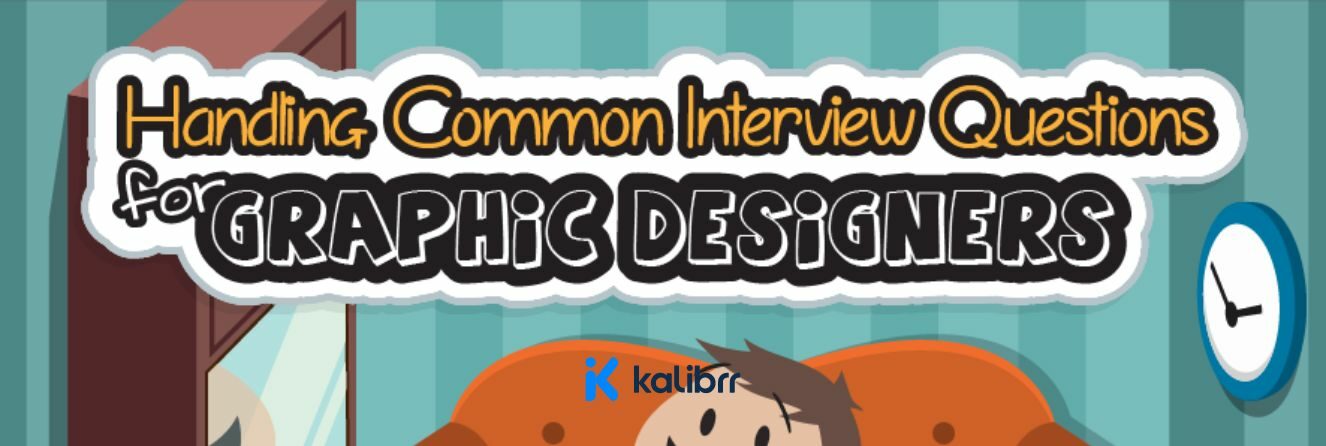
Job interviews can be tricky, whether you’ve been in one before, or it’s your first time. Everyone feels a little anxiety at this stage, and that’s perfectly normal. Thankfully, there are existing guides that will help you handle some of the more common job questions.
However, different lines of work also require industry-specific questions. After the initial round of general inquiries, interviewers will fine-tune their line of questioning to see if you make the cut. These questions could include what kind of projects you’ve worked with in the industry. They could even touch on how expansive your knowledge of the required skills are, be it in financial management or sales.
In this post, we’ll be giving you a run-down on what questions to expect if you’re a graphic designer. Here are some of the most common ones:
TOPICS
1. Can you describe a project you’ve handled before?

As with any job in a creative field, vying for a position in graphic design requires a submitted portfolio of your work, and possibly a practical exam. While they serve as visual proof of your skills, your employer is still bound to gauge your performance during the interview itself.
This question aims to look at three aspects of your qualifications at once: your experience, work ethic, and agreeability. To answer these points, select a significant project from either your working career, or your student assignments (for fresh graduates), then elaborate on how you fulfilled them.
Here are some guides to addressing this question:
- Did you meet the deadline? Business creatives are always on tight schedules, and employers need to know if you can hold up well with limited times.
- Was the client satisfied? Did you fulfill any revisions they asked for? Client satisfaction is crucial to any business. The company will want to know how compliant you are to client demands.
- If you were collaborating with others, did you coordinate with them properly to produce the final product? In any organization, you need to be a team player. Collaborating with others may be one of your common tasks as a designer, so make sure to emphasize any instance of this.
Relating how professional and efficient you were in handling past projects establishes your credibility as a prospective designer.
2. What program are you comfortable working with?
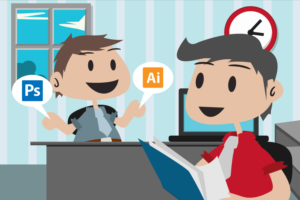
As a designer, you’re expected to be familiar with a wide range of software specific to your job, as recommended by New Jersey Graphic Design in its article. Some of the most common ones include InDesign for page layout, Adobe Illustrator for illustration, Photoshop for photo and image editing, and Dreamweaver for web design.
According to Company Folders’ Vladimir Gendelman, companies ask this question to see if you’re familiar with their in-house programs. If you aren’t, then naming similar software that you do know is the next best thing. It’s better to be honest during the interview instead of bluffing and getting caught.
Try this approach when you’re faced with this question:
- Highlight your willingness to learn new skills and tools in the company.
- Avoid saying “I don’t know”. Offer a similar alternative instead.
- Give concrete examples of how well you work with the software you’re familiar with (e.g. how well you can use its tools and features, from basic functions to more complex outputs)
Emphasizing your flexibility as an employee, whether or not you’re familiar with their preferred software, increases your chances of impressing your future employer.
3. What design projects interest you?

This question is similar to the previous one. It shows not only your own preferences, but more importantly, your knowledge of the company’s services. In some cases, it’s actually another way of saying “How willing are you to lend your services to this company?”
The employer assumes that the reason you’re applying for them is because you’re genuinely interested in the work that they do. You should project yourself as an asset to them, rather than as an applicant who isn’t that serious about the position. For example, if you apply for a graphic design position geared towards print, make sure to stress your interest in that field. You could say that you find designing magazine layouts challenging, or that you value design that looks good when printed on paper.
Here are more related points to the question that you can expound on:
- What specific aspect of your preferred design project interests you? This is also a way for your interviewer to gauge your strengths and preferences.
- How can you relate this to the company’s services? As another way of seeing if you’re really interested in the position, you need to explain how your strengths can help the business.
- Do you have any ideas to improve on the company’s existing campaigns? Although you need to be able to follow client and company instructions, an employee with their own initiative is also important in an organization.
These pointers reveal important personal information that your interviewer can use to see how invested you are in the job application.
4. What’s your design process?
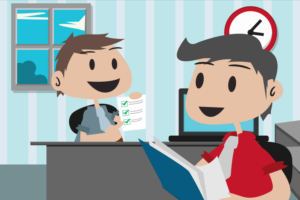 Graphic design requires creative thinking within a reasonable production time. So it’s important for your interviewer to know how you strike a balance between them. Companies want to know what kind of work environment you prefer, what procedures you follow in creating your output, and whether any of these are compatible with their own requirements.
Graphic design requires creative thinking within a reasonable production time. So it’s important for your interviewer to know how you strike a balance between them. Companies want to know what kind of work environment you prefer, what procedures you follow in creating your output, and whether any of these are compatible with their own requirements.
An agreeable work method is preferred because you’ll be handling client projects and possibly collaborating with other creative teams in the company. This could come in the form of research or actual output. At the same time, your personal creative process – how many drafts you take, and what medium you’re most comfortable with – is necessary when you’re tasked to do a project on your own. If, in other questions, interviewers wanted to know your stance on being a team player, they use this insight on your methods to see how you work independently.
You can also tackle the subject by answering the following questions:
- How open are you to being told what to design?
- How high is your tolerance for criticism?
- Are you comfortable with both working in a team and independently?
Details like these are telling of how you are as a person, as an employee, and specifically, as an effective designer.
5. What do you think of our work?
This may be a bit tricky, especially if you want to make a good impression on your future employer. However, these interviewers have faced numerous applicants, and can probably tell if you’re just trying to get on their good side. Overly praising their work might act as one of their telltale signs.
They’re also prone to their personal biases, like stereotyping and first impressions, so be aware of these. These biases may be inevitable, but you can gently steer the conversation into more objective ground by providing evidence of your skills, rather than on yet to be founded assumptions of your character.
While you aren’t expected to lie, try identifying mostly positive things about the company. That way, you’ll be telling the truth without touching on too many negative points. You can also mention one or two things that you feel need to be improved on, whether it’s in terms of production or quality. Once you’ve given your opinions, show how you want to be part of improving the current setup.
Because this can be difficult to answer, tread lightly with these considerations:
- Mention the admirable parts of their company first. Is it their reputation? Their quality output?
- Frame your suggested points of improvement alongside the positive statements. You could say: “I admire your company for being a pioneer of this type of design in the industry, but I also believe that with changing times come in new perspectives that we can use to improve our output.”
- Mind your choice of words, especially if you’re selling your skills. You don’t want to sound condescending and arrogant. Emphasize your willingness to work for them.
Depending on how you choose to answer this question, your interviewer might decide to take off from your points and ask further questions, so be prepared to back up your claims.
Making the cut

Industry-specific questions in jobs like graphic design are meant to give an overview of how well you know the job, and the company. Don’t get tongue-tied in the face of these difficult inquiries. Stay calm and respond with what you know. After all, you wouldn’t be applying for the position if you had zero knowledge about design.
Your answers also act both as the interviewer’s way of knowing you better, and finding out how well you know their company. Be honest, but always frame your answers in a way that shows you’re serious about your application.

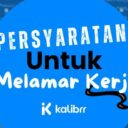

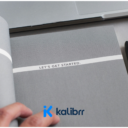

Belum ada komentar yang tersedia!